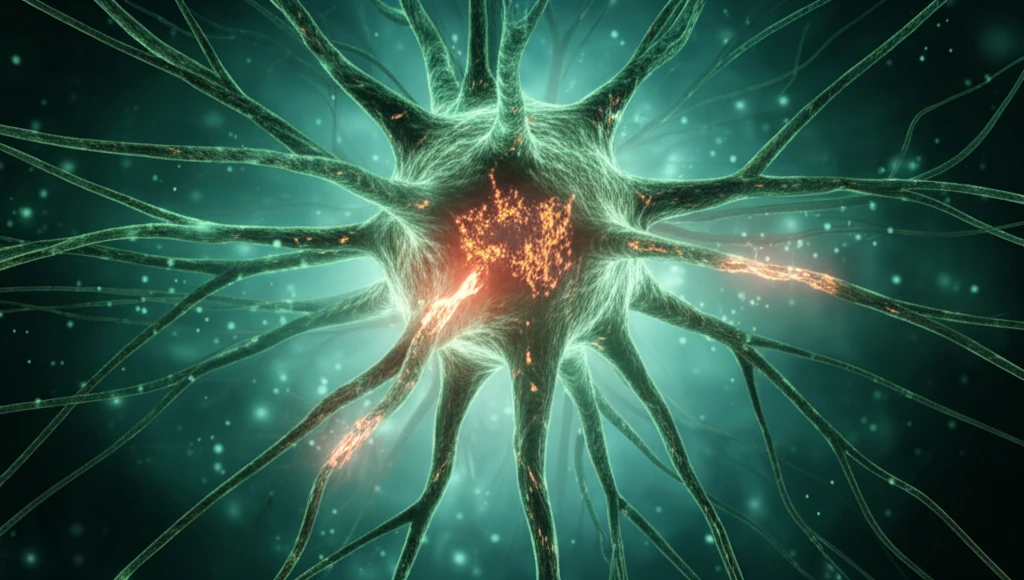
Unlocking Relief: How to Manage Peripheral Neuropathy in Eosinophilic Granulomatosis with Polyangiitis
"A comprehensive look at the treatment and management of nerve damage associated with EGPA, offering hope and strategies for those affected."
Eosinophilic Granulomatosis with Polyangiitis (EGPA), also known as Churg-Strauss Syndrome, is a rare autoimmune disorder characterized by inflammation of small blood vessels. This inflammation can affect various organs, including the nerves, leading to a condition called peripheral neuropathy. Understanding the link between EGPA and peripheral neuropathy is crucial for effective management and improved quality of life.
Peripheral neuropathy occurs when the nerves outside the brain and spinal cord are damaged. In EGPA, this damage is caused by the inflammation and restricted blood flow resulting from the vasculitis. Symptoms can vary widely, from pain and numbness to muscle weakness, making daily activities challenging.
A recent study published in the Journal of Clinical Neurology sheds light on the clinical characteristics and treatment responses of peripheral neuropathy in EGPA patients. Conducted at a single tertiary center, the study offers valuable insights into managing this challenging condition.
Key Findings from the Study

The study, conducted at Samsung Medical Center, followed 61 patients with EGPA, 46 of whom had peripheral neuropathy. The research aimed to understand the long-term outcomes of these patients, particularly their response to treatment with corticosteroids, with or without intravenous cyclophosphamide.
- High Prevalence: Peripheral neuropathy was present in 75% of EGPA patients.
- Effective Treatment: Combination therapy with corticosteroids and cyclophosphamide significantly improved neurological function.
- Low Relapse Rate: The long-term relapse rate of peripheral neuropathy was very low with the described treatment approach.
- Functional Improvement: Most patients experienced a notable improvement in their modified Rankin Scale (mRS) scores, indicating reduced disability.
Taking Control of Your Health
Living with EGPA and peripheral neuropathy can be challenging, but it's important to remember that effective treatments are available. Early diagnosis and aggressive management with corticosteroids and cyclophosphamide can significantly improve neurological function and reduce the risk of relapse. Regular monitoring and close collaboration with your healthcare team are essential to achieving the best possible outcome. Don't hesitate to seek support and information to help you navigate this journey. With the right approach, you can maintain a good quality of life and manage your condition effectively.
